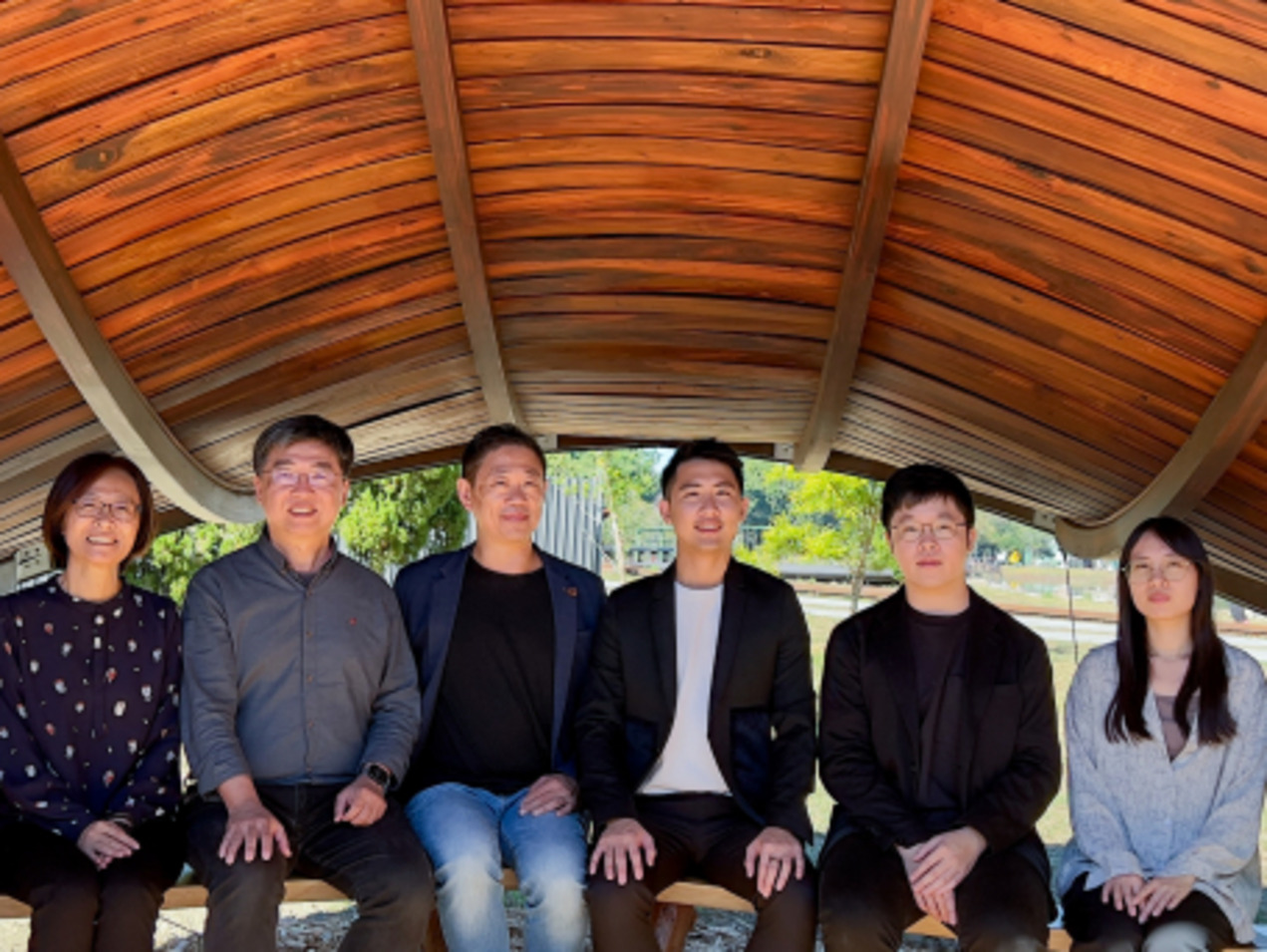
|
Getting your Trinity Audio player ready...
|
The Building Simplexity Laboratory (BSL) at the Faculty of Architecture of the University of Hong Kong (HKU) presented the KATENARA Pavilion, a project demonstrating the innovative application of evolutionary algorithms in streamlining the design and construction of non-standard, lightweight catenary wood structures.

Constructed in collaboration with the NYCU Graduate Institute of Architecture at Dongshi Forestry Cultural Park, Taichung City, Taiwan, during the fall of 2023, the Pavilion boasts a striking double-curved wooden roof surface comprising two glulam ring beams and ten near-catenary-shaped glulam beams, supported by tension cables.
The project underscores the advancement of computational methods to simplify construction complexities while prioritising timber as a sustainable, low-carbon construction material.
Currently, an exhibition titled ‘KATENARA: Advanced Computational Methods for Low-Tech Timber Construction’ is on display at PMQ in Central, Hong Kong.
This exhibition showcases drawings, prototypes, and onsite documentation of the KATENARA Project, along with pilot studies and historical precedents illustrating the challenges and opportunities associated with catenary glulam roof systems.
Architects and engineers have historically strived to optimise geometry and cost to create structurally sound and aesthetically pleasing spaces. Notable examples include the J.S. Dorton Arena (Matthew Nowicki, USA, 1952), the David S. Ingalls Skating Rink (Eero Saarinen, New Haven, USA, 1958), and the Yoyogi National Stadium (Kenzo Tange, Tokyo, Japan, 1964), all featuring lightweight suspended steel cables or members in their structural roof systems, utilising materials such as concrete, steel, and timber.
In recent years, glue-laminated (glulam) timber has emerged as an environmentally friendly option for large-scale roof structures. However, the complexity of glulam geometries often poses challenges due to expensive bespoke moulds.
To address this challenge, researchers at BSL have developed evolutionary algorithms to minimise moulds, thereby reducing costs and enhancing accessibility. In the KATENARA Project, parametric engineering software optimised the number and spacing of catenary beams, while the design was further refined for low-tech timber construction settings. Japanese Cedarwood, chosen for its sustainability and strength, served as the primary material.
Minimising construction costs while preserving architectural integrity posed a significant challenge. The algorithms enabled the prefabrication of all curved glulam elements using a single jig, which accounted for 19% of the total timber works cost, underscoring the impact of reducing the number of jigs on project budgets.
Strategically controlled parametric detailing simplified the connection between the roof floor and suspended beams, utilising steel connection details to facilitate easy fabrication and minimise the complexity of on-site installation. The on-site assembly of KATENARA’s main structure was completed within just three hours.
The realisation of the KATENARA Pavilion underscores the viability of its underlying concept and highlights potential avenues for refining similar projects in the future. As the inaugural implementation of optimised suspended glulam roof structures tailored for low-tech timber construction environments, KATENARA sets a precedent for advancing innovative architectural designs, particularly in developing construction contexts where prioritising cost-efficiency and sustainable practices is paramount. These observations were made by Professor Kristof Crolla, the Founding Director of BSL.
Professor Crolla emphasised how the Project demonstrates the transformative potential of advanced computational methods and evolutionary algorithms in revolutionising architectural design and construction. These technologies empower architects and engineers to develop visually striking, structurally efficient, and environmentally sustainable buildings that challenge the traditional boundaries of global construction practices.
















